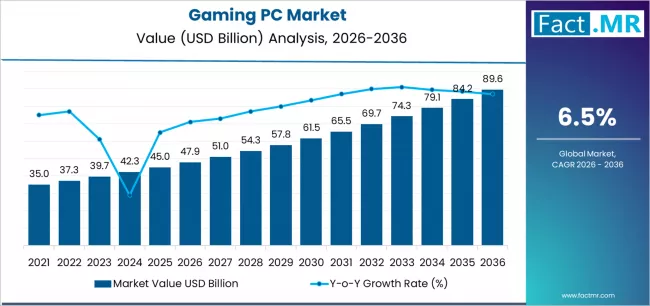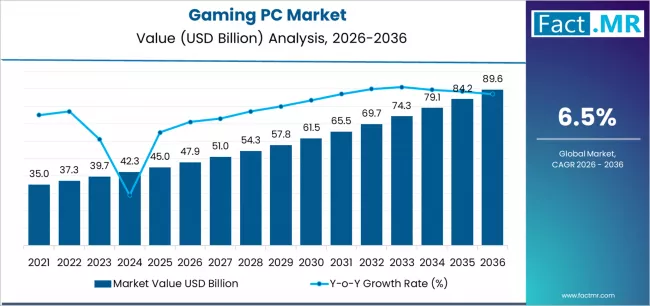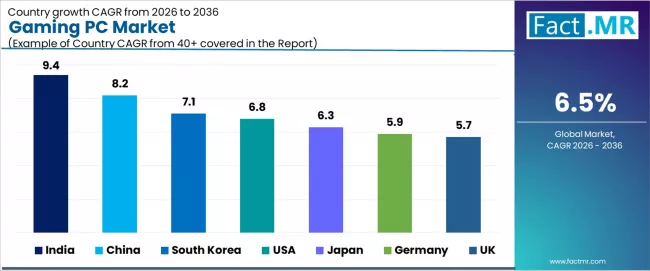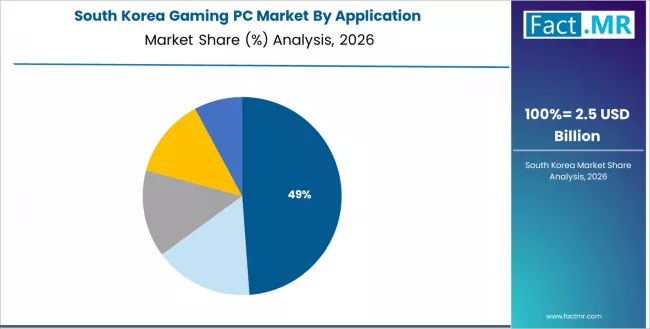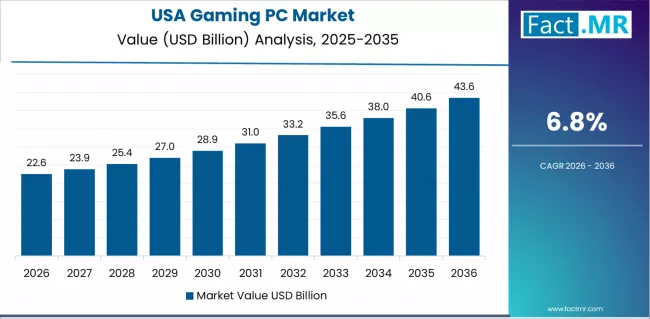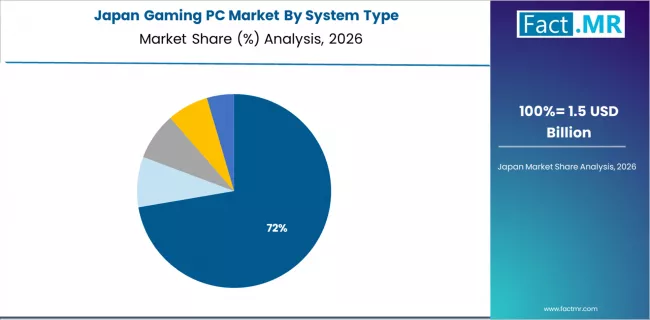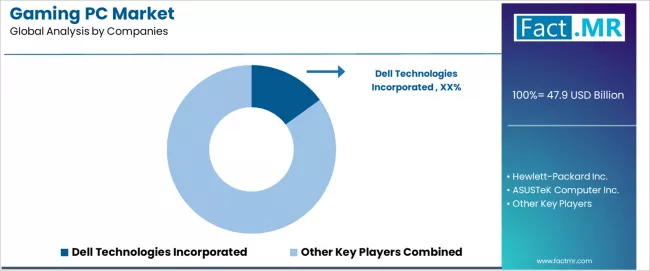INDIANAPOLIS—When Fox Sports Executive Vice President of Technical and Field Operations Michael Davies reviews his organization’s inaugural Indianapolis 500 production from May 25, he does so with a mix of satisfaction, anticipation about what to do differently in 2026 and a degree of humility.
“The whole experience was humbling,” he said. “You know, when you go into something and you really don’t know what you’re getting into, you have to figure out a lot of it as you go along. “You only get a finite amount of those [first-time major broadcasts] in your career, and that was one of them.”
[Also Read: Fox Sports Preps for ‘Mini Super Bowl’ of Motorsports in Indianapolis]
This year’s 109th Indianapolis 500 was the first time Fox Sports produced the race under a deal announced June 2024 awarding exclusive media rights for the 2025 NTT IndyCar Series races to the broadcaster. Fox Sports took over video production of the race from NBC Sports, which had held rights to the iconic motorsports event since 2019, following a 54-year run on ABC.
Working with Indy Motor Sports Productions on the production of the race contributed to the broadcaster’s first-time win at Indy. “We linked arms with Indy Motor Sports Productions and they were fantastic. I can say from this experience that it was that cooperation that made this Indy 500 a success,” Davies said.
Three In-Car Enhancements
To Davies, three enhancements—one each involving video, audio and augmented reality (AR) graphics—in cars stood out as production innovations that made watching the race more engaging for fans.
“The inside-out view from the driver’s eye cameras really shows just how fast these cars were going,” Davies said. “As fast as they go in NASCAR, the 240 miles per hour they go at Indy is flat-out ridiculous.”
The cameras embedded into the helmets of six drivers at this year’s race were a success overall; however, a couple of them experienced “some small technical issues,” he noted, adding, “I think we’ll get better at using them.”


Fox Sports’ use of a head-up display (HUD) to present real-time telemetry for the cars “in a way that hadn’t been seen at Indy” added a new element for Indy 500 race fans, Davies said. “We kind of borrowed that idea from Formula One, but it worked great for Indy, too.”
To enhance the audio from the cars, the broadcaster placed microphones on each side of the Indy cars to “make it sound even better,” he says.
Drones and Ghost Car
Fox Sports strategically deployed two drones to enhance its two-hour prerace show and coverage of the race. Beverly Hills Aerials, which partnered with the broadcaster, piloted a modified DJI Inspire drone outfitted with a paintable broadcast camera and an FPV racing drone, which Fox Sports uses widely in its NASCAR coverage.
“When you’re talking about drone coverage, you add this in-between layer,” he said. “You’ve got ground coverage cameras, hard cameras and on-board cameras, the RF cameras. Then there’s the aerial, which is vital, because it shows strategy. Drones deliver an intermediate type of shot that shows racing caution, laps and pit stops in a totally different way.”
The broadcaster also used the drones during its prerace show with different sets. “We were able to fly around to the different talent locations to show the Indy Motor Speedway and the kind of vast edifice it is and set the tone for the race,” Davies recalls.

Overall, drones have contributed significantly to the broadcaster’s coverage of Indy. “The use of drones in IndyCar—not only at the Indy 500 but on the Road Course—is one of the single biggest things that I think Fox is doing for the sport,” Davies said.
Like drones, which Fox Sports began using in NASCAR a decade ago, the broadcaster brought its virtual Ghost Car to the Indy 500 to add another dimension to its coverage of the qualifiers. “I think adding in the competitive aspect of showing a car as it was racing and placing something that doesn’t exist [the Ghost Car] and making it exist through the art of virtual technology was a fantastic addition,” he said.
“Zac Fields [Fox Sports senior vice president of graphic technology and integration] is the master of doing this stuff,” Davies says. “I think virtual graphics on Indy motorsports is kind of the next frontier of enhancement.”
Nip and Tuck for 2026
Shortly after the race, Davies and his team began the process of doing postmortems on coverage while the event was still fresh in their minds. “There are always ‘nips and tucks,’ but we were really happy with the coverage,” he said.
Davies has already begun to think about what those “nips and tucks” entail for next year’s coverage. Top of mind is the addition of a third drone, more driver’s eye cameras and additional data-driven features to convey more about what is going on with the cars as they circle the speedway, such as the temperature of tires.
“We’re going to get better at getting at things like tire temperatures, which are really important for oval track races,” he said.
Leveraging artificial intelligence to record, organize and catalog conversations between racers and their teams is in development and may be ready for the 2026 edition of the race. The broadcaster is also at work on an AI-driven application that makes driver audio clearer, so it sounds less like a radio transmission and more like a digital microphone, Davies said.
Another effort that may change how the broadcaster covers the race is the deployment of a private 5G network. “We’re looking at this with our two major motorsports partners to figure out how we can use a private network to enhance what we do—not just for broadcast, but for everything, including cameras, communications, telemetry and bidirectional,” he said.
“You know, you always find a million things that you’d want to do better—a million things that you could have enhanced,” Davies said. “But at the end of the day, if you walk away from the Indy 500 looking to build on what you’ve done instead of change what you’ve done, then you know you’ve had a success.”




 AI and Machine Learning Powering Smarter GameplayiStock
AI and Machine Learning Powering Smarter GameplayiStock Cloud Computing on the rise iStock
Cloud Computing on the rise iStock  Social Features and Interactive Experiences iStock
Social Features and Interactive Experiences iStock 
 A hands-on space for designing, prototyping and building. Users can work with 3D printing,
A hands-on space for designing, prototyping and building. Users can work with 3D printing,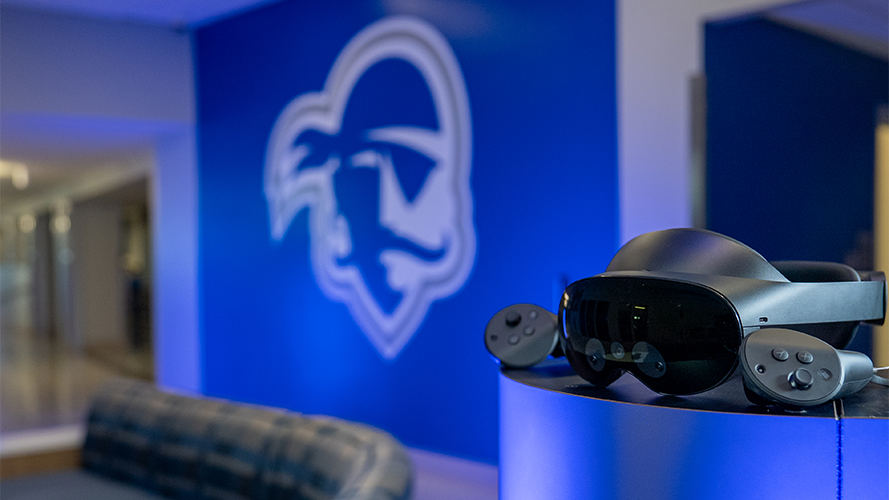 A dedicated space for extended reality, mixed reality and AI exploration. Users can
A dedicated space for extended reality, mixed reality and AI exploration. Users can Four spaces for creating high-quality audio and video, including a four-microphon
Four spaces for creating high-quality audio and video, including a four-microphon The Solutions Studio is the Innovation Hub’s walk-up support desk and first stop for
The Solutions Studio is the Innovation Hub’s walk-up support desk and first stop for